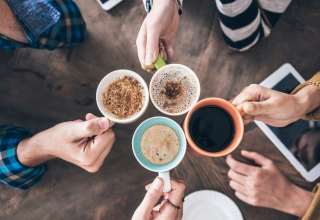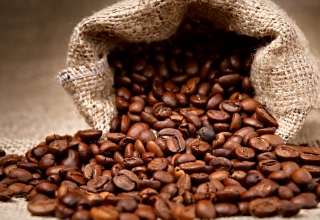Whether it’s from the Bolivian highlands or the Caribbean coastal ranges, finding the best coffee is as difficult as choosing a wine, says Fiona Beckett
The world of coffee is almost unrecognisable from even ten years ago, but how much do we know about where our coffee comes from? What are the world’s best? And is there an ideal coffee terroir?
What’s best for one person may of course be not to the taste of another but, as with other goods, both origin and degree of rarity are a fair indication of worth.
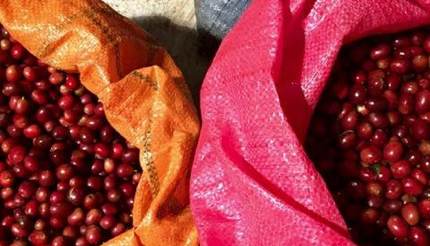
In general, the best regions for ‘speciality coffee’, which is how single origin coffees are referred to, are within the equatorial band between the tropics of Cancer and Capricorn, 20 degrees north and south of the equator. The best beans usually come from the higher located farms. “Anywhere from 1400-2000m above sea level tends to produce finer, brighter tasting coffees”, says Jeremy Torz of Union Coffee. “Coffees produced over 2000m (from Bolivia, Colombia and Rwanda, to take three examples) can produce exceptional coffees, while sea-level-grown robusta beans are much less exciting.”
For Stephen Leighton, founder of Hasbean, being asked to name the best coffee is like being asked to pick your favourite child. “We all have a favourite, and I love Bolivia and Ethiopia for very different reasons. Bolivia because of the untouched potential, the amazing topography of the country and fertile soils mean that this tiny producer (ranked 38th in the official list of coffee producing countries) punches above its weight in quality. Some of my favourite coffees come from Bolivia; it’s somewhere I’ve been working for a number of years.”
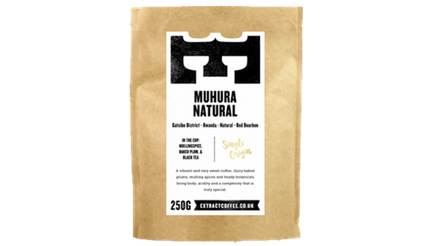
Even countries that are not known for producing particularly interesting coffees, if you judge them by the examples you find on the supermarket shelf, can be rewarding – Colombia being a good example. “We’re seeing lots of fascinating stuff”, says Stephen Hurst of Mercanta, which supplies beans to many of the country’s top roasters. “So many different provinces are producing coffee from the Caribbean coast (the world’s highest coastal mountain range is in Colombia) to the southern frontier with Peru and Ecuador. There are unbelievable differences of altitude and soils even within each province. The coffees we are seeing from Huila, Narino, Antioquia and Cauca can be so different, all from this one (very diverse) country.”
Individual farms also produce widely variable qualities due to harvest and crop husbandry practices, according to Hurst. Even the other vegetation matters, says Amir Gehl of Difference Coffee: “It’s important, for example, for shade trees to be planted. These are trees which are taller than the coffee trees and which provide shade to the coffee cherries, allowing them to have less direct exposure to the sun resulting in slower fruit ripening. Cherries will normally grow bigger that way too, and there is a direct correlation between bean size and quality which is why we only ever buy the highest screen size of beans for our coffees.”
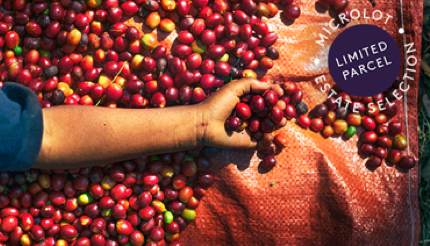
Just as with wine grapes, coffee fruit or ‘cherries’ need to be harvested when they’re ripe to avoid any astringency in the coffee, says Jeremy Torz. “They need to be processed cleanly, pulping and sun-drying carefully to avoid fermentation or other spoiling notes appearing in the finished coffee. With careful processing, the flavours coming from the roasted coffee – a process that must also be undertaken with skill and care – can produce a wide range of flavours, from very fruity citrus notes like tangerine and lime, to delicate stone fruits like peach and nectarine or even deeper cooked fruit and boozy sherry-like flavours.”
In another parallel with wine (think cabernet sauvignon in Bordeaux, chardonnay in Burgundy), certain beans are best suited to particular places. Geisha, for example, which is currently one of the most talked about (and expensive) varieties, is ideally suited to the conditions in Panama where it has been grown since the 1990s, while Bourbon thrives in Rwanda, El Salvador and isolated, ‘’pockets’’ of Brazil, according to Stephen Hurst. “Historically, certain varietals were planted in the coffee producing areas based on factors not related necessarily to taste, but considerations such as yield and disease resistance.”
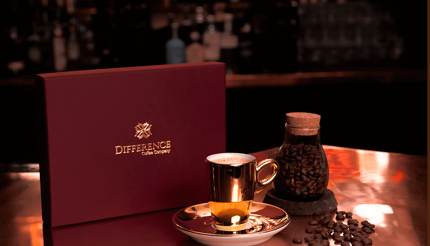
But not all coffees live up to their stellar reputation. Jamaican Blue Mountain, for example, was regarded for years as the apogee of coffee, but most coffee specialists regard it as overrated, traded mainly for its snob value. The famous Kopi Luwak – coffee which comes from beans which have been digested and excreted by a civet cat – owes its reputation more to its sensational origins than its quality (if you feel you must buy it to try it, look out for wild, not farmed. Discover Coffee believes it is the only company to source this).
There are more objective methods of assessing quality. The Alliance for Coffee Excellence (ACE) runs its own ‘Cup of Excellence’ program, which is rigorously quality controlled, judged by a jury, and subjected to weeks of quality and consistency scrutiny. The best lots go to auction where they fetch the highest prices. The not-for-profit Speciality Coffee Association has its own scale of quality which grades coffee on a 100-point scale. Extract Coffee, for example, only buys coffees rated 85 and above.
Rarity also plays a part in whether a coffee commands a premium price. That may be a question of origin or a particular type of processing – currently there’s a fashion for ‘natural’ processing where the fleshy part of the coffee cherry is left to dry rather than being washed off the bean, resulting in a complex flavour not unlike natural wine. There’s currently a lot of experimentation with different techniques; one producer in Bolivia that Hasbean is working with, Agricafe, has five farms experimenting with new techniques and varietals.
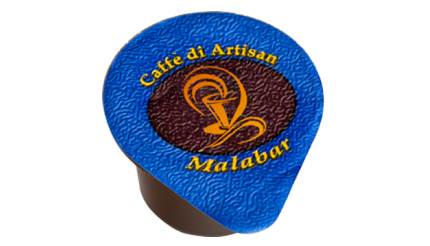
Finally, the ‘best’ coffees depend on the skill and equipment with which they are made and (crucially) how fresh the coffee is. But that’s a whole other story…
Six of the world’s best coffees
(links at bottom of page)
Most of these suppliers will sell the beans whole, or ground to suit your coffee-making device or machine. Some of the rarer coffees may be out of stock by the time you read this.
La Linda Experimental Washed Caturra – Hasbean
Rich, dark and deep, with a beautiful roast – exactly what you look for from a great coffee. From underrated Bolivia and subject to an experimental washing process, which makes it unique and rare.
£7.50 for 250g
Muhura Natural – Extract Coffee Roasters
An eye-opening naturally-processed Red Bourbon (that’s the bean) coffee from Rwanda that at first gives off aromas of dark chocolate and dried mango, then as it cools becomes more citrusy and beautifully refreshing. This will convert you to real coffee if nothing else does
£7.65 for 250g
Achibo Yayu Wild Forest Coffee – Union Hand-Roasted Coffee
Union is helping producers to continue farming the Yayu Forest Reserve in southwest Ethiopia, one of the last and most important places to grow wild Arabica coffee. A delicate coffee with a citrusy acidity and fruity notes of loquat and peach.
£7 for 200g
Costa Rica Las Lajas Villa Sarchi – Fortnum & Mason
With peach, cherry, apple and sweet-balsamic flavours, this world exclusive lot is from Las Lajas, an organic micro mill in Costa Rica’s Central Valley.
£19.95 for 125g
Panama Geisha – Difference Coffee
Rare coffees for the Nespresso generation, Difference deals with the most highly scored coffees available at auction. Fine, delicate with elegant, jasmine notes this is a coffee to be thoughtfully sipped like a Darjeeling tea.
£50 for 10 capsules
Caffe di Artisan Single Origin Liquid Single Shot Monsoon Malabar
Purists would disapprove but if you’re on the move or don’t have a load of fancy coffee kit, this is an easy way to make yourself a coffee shop coffee. Monsoon Malabar, which comes from India and is exposed to the monsoon winds, is a richly flavoured coffee without the acidity of some lighter brews.
£14.99 for 10 pods
Coffees available from:
www.hasbean.co.uk; extractcoffee.co.uk; www.unionroasted.com; www.fortnumandmason.com; differencecoffee.com; caffediartisan.uk


